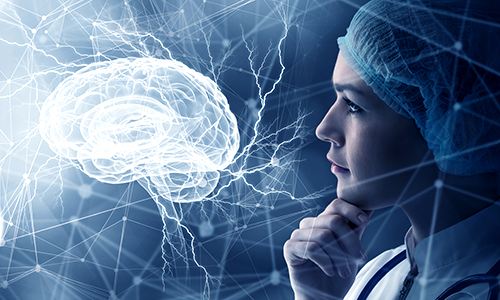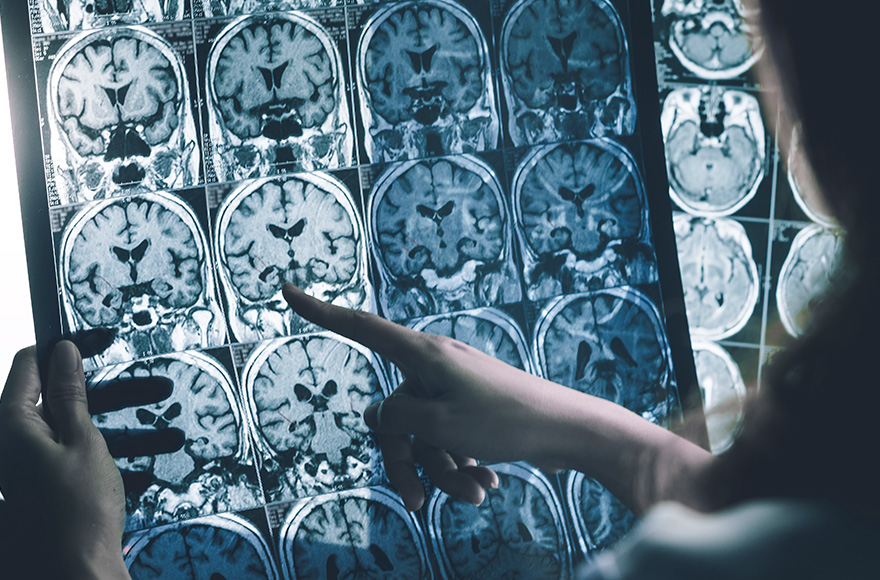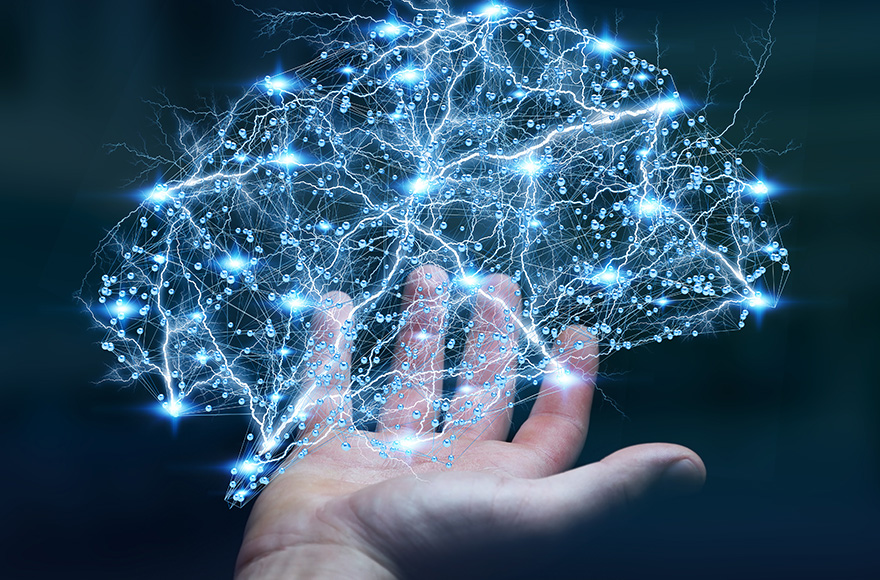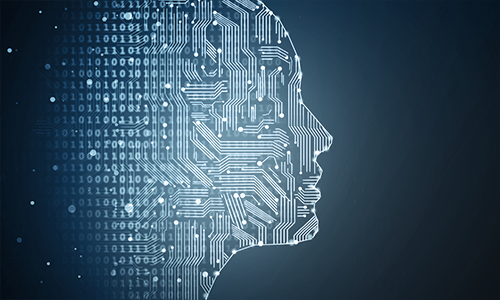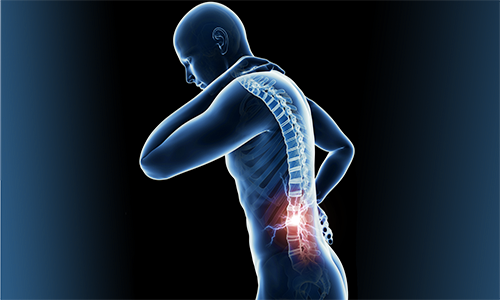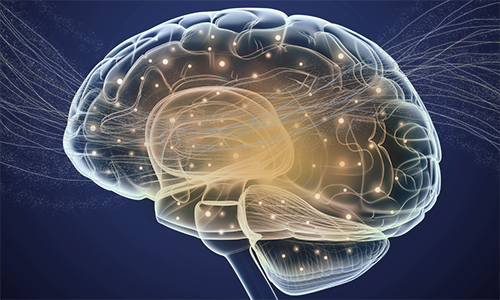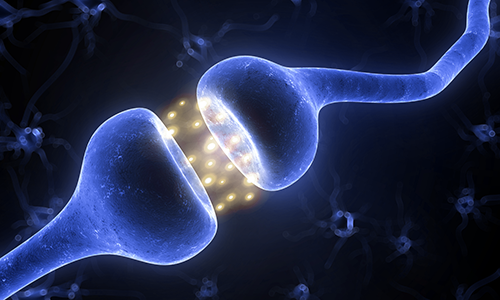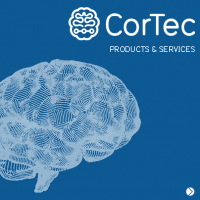Applications
Personalized Therapies
With our neurotechnology portfolio, we enable the development of new therapies. Our devices and components help you to accelerate your research in therapy discovery and medical device development.
On this page you can discover more details about common neurological diseases, todays therapies and the possible use of our products. Reach out to our Team to discuss your next project in therapy development, research or medical device development.
Parkinson’s disease affects over a million people worldwide. This makes it the second most common neurodegenerative disease after Alzheimer’s disease. Due to prominent patients such as Michael J. Fox, Muhammad Ali, or Pope John Paul II the disease and its symptoms have become well-known to the general public: stiffness, tremor, unsteady, crooked gait and a mask-like facial expression.
To improve the quality of stimulation therapy and to adjust it better to the needs of the patient, it is first of all important to detect brain signals in a reliable way in order to provide information about the current condition of the patient. The flat °AirRay Grid Electrodes are particularly well suited for this task as they can be customized and optimized in high-resolution designs to the specific application and the individual patient.
Applying °AirRay Electrodes connected to the Brain Interchange System also offers the option of combining specially designed electrode designs with long-term closed-loop therapy: The Brain Interchange technology is able to respond to the physiological state of the patient. It measures the brain signals of the patient, evaluates the data and autonomously adjusts stimulation to the current condition of the patient. This will allow a therapy that can be specifically adapted to the momentary needs of the individual patient.
The CorTec °AirRay Grid electrodes can be produced in a wide range of designs and can be applied in scientific studies and as components of complete therapeutic systems. The Brain Interchange System is currently still under development. Initial clinical pilot studies are in preparation to demonstrate safety and functionality of the system.
Epilepsy is one of the most common neurological disorders. Approximately 1% of all people experience one or more epileptic seizures during their lifetime. The symptoms of these seizures vary ranging from short mental “absences” to the dreaded “grand mal” attacks, accompanied by falls and uncontrolled twitching.
Since seizures are usually unpredictable, those affected live in constant fear and are significantly impaired in their everyday lives. Many epilepsy patients are not allowed to drive a car or operate certain machines because of the constant danger of a seizure.
The cause of epilepsy are states of excessive excitation in the brain that reinforce each other until it comes to a simultaneous discharge of many nerve cells which can affect large parts of the brain. In this state the brain can no longer function normally nor can it process information or control movements.
The flat °AirRay Grid electrodes by CorTec can record and stimulate brain activity. They are especially well suited for this application as they can be custom made in high channel designs and tailored to the specific patient. They are especially useful, if they are employed as components in a complete neuromodulation device.
The combination of the °AirRay electrodes with the Brain Interchange System also offers the option of combining specially designed electrode designs with long-term closed-loop therapy: The Brain Interchange technology is able to respond to the physiological state of the patient and adjust the stimulation accordingly. It could thus be used to detect emerging epileptic seizures and control or even prevent them with timely stimulation impulses.
With its high number of channels, along with the ability to both record and stimulate at all contacts, the Brain Interchange System offers unprecedented technical flexibility for a therapy that is specifically tailored to the needs of the patient.
The CorTec °AirRay Grid electrodes can be produced in a wide range of designs and can be applied in scientific studies and as components of complete therapeutic systems. The Brain Interchange System is currently still under development. Initial clinical pilot studies are in preparation to demonstrate safety and functionality of the system.
Certain types of chronic pain have no physiological cause that requires treatment, but nevertheless they severely affect patients due to their enormous intensity. Such pain may be of central nervous origin, e.g. after stroke. Or it can occur as a consequence of neuropathies, e.g. of the trigeminal nerve.
The flat °AirRay Grid electrodes by CorTec are suitable for stimulating brain tissue. In particular as components of complete systems, they can be individualized and optimized in high-resolution designs to the application at hand.
The combination of °AirRay electrodes with the Brain Interchange System also offers the option of combining specially designed electrode designs with long-term closed-loop therapy: The Brain Interchange technology is able to respond to the physiological state of the patient and adjust the stimulation accordingly.
With its high number of channels, along with the ability to reactively both record and stimulate at all contacts, the Brain Interchange System offers unprecedented technical flexibility for a therapy that is specifically tailored to the needs of the patient.
The CorTec °AirRay Grid electrodes can be produced in a wide range of designs and can be applied in scientific studies and as components of complete therapeutic systems. The Brain Interchange System is currently still under development. Initial clinical pilot studies are in preparation to demonstrate safety and functionality of the system.
Paralyses that occur, e.g. after severe strokes, spinal cord injuries, or in the progressive muscular atrophy disease ALS (by which the well-known physicist Stephen Hawking was afflicted, for example) can be so severe that patients can no longer communicate in a normal way. This case is called locked-in syndrome.
When even eye movements or twitching of individual muscles become impossible, the patients are completely “locked in” (complete Locked-in syndrome).
The inability to control their environment and to communicate with relatives and caregivers makes this state particularly difficult for the patients – especially since they can at the same time remain fully conscious.
CorTec’s °AirRay Electrodes can be used both for recording and stimulating brain activity, and can thus transmit information in both directions. Thanks to CorTec’s flexible manufacturing technology the shape, spacing, and number of electrode contacts can be adapted to the application at hand as well as to the individual patient. °AirRay Cuff Electrodes can also target motor nerves with the goal of restoring natural mobility.
Combined with intelligent decoding software as applied through CorTec’s Brain Interchange technology a direct link between the human brain and artificial intelligence can be created that could allow even the most severely paralyzed to interact again with their environments.
With its large number of currently 32 channels, the Brain Interchange System is engineered to support unprecedented intensities of information transfer. This will allow exploring a neural control of precise assistive devices as well as restoration of mobility through the body’s own muscles.
CorTec °AirRay Grid and Cuff Electrodes can be used in a wide range of designs, in scientific studies and as components of complete therapeutic systems. The Brain Interchange System is currently still under development. Initial clinical pilot studies are in preparation to demonstrate safety and functionality of the system. A collaborative project conducted in cooperation with the University Medical Center in Freiburg investigates brain-computer interfaces as assistive systems for the paralyzed.
Rehabilitation: CorTec’s flat °AirRay Grid electrodes are useful for both recording and stimulating brain activity and can thus transmit information in both directions. Thanks to CorTec’s flexible manufacturing technology, the shape, spacing and number of electrode contacts can be individually adapted to the application at hand as well as to the individual patient.
Combining the °AirRay electrodes with the CorTec Brain Interchange Implant System it is possible to wirelessly transfer the data to a computing unit outside the body. This unit analyzes the data and further processes them to derive movement control signals. This way, the system enables fast interactions between the brain and the limbs.
The CorTec °AirRay Grid Electrodes can be used in a wide range of designs, in scientific studies and as components of complete therapeutic systems. The Brain Interchange System is currently still under development. Initial clinical pilot studies are in preparation to demonstrate safety and functionality of the system. A collaborative project conducted with the University Medical Center in Tübingen, Germany, aims to explore the foundations for novel rehabilitation systems for paralyzed people.
